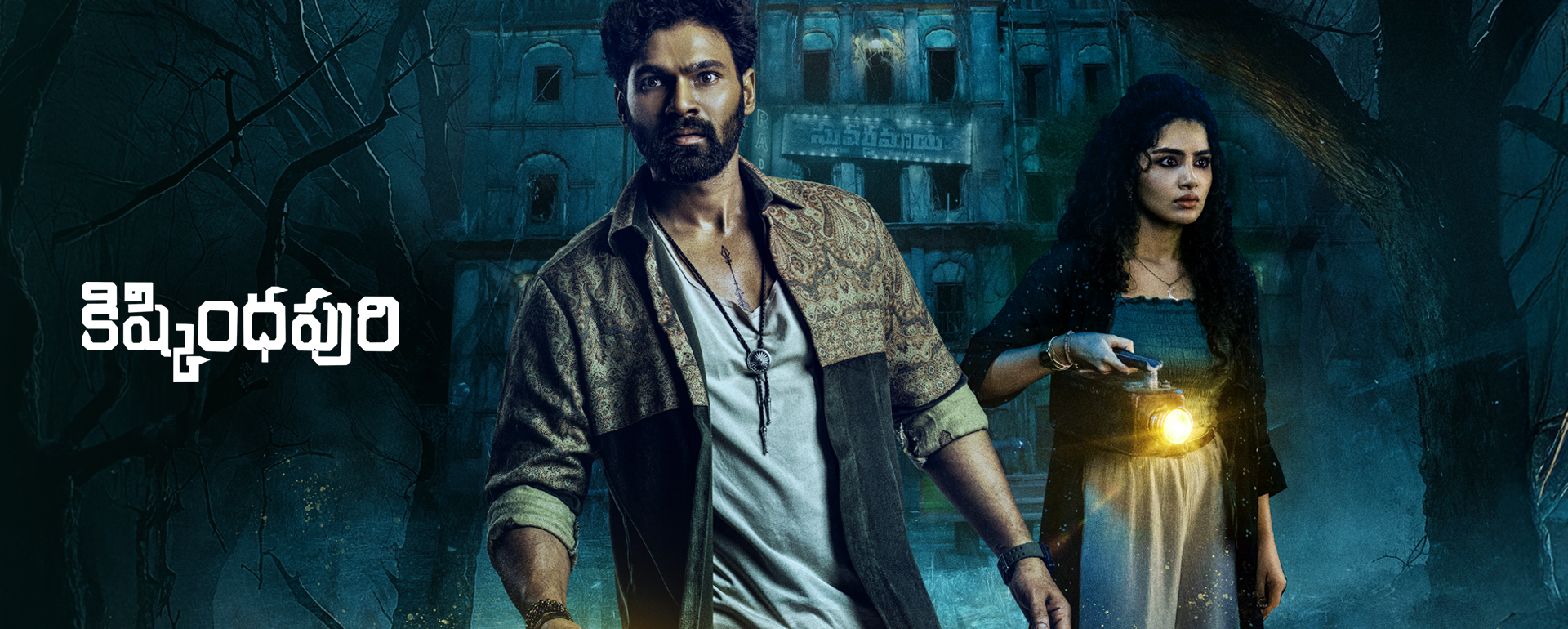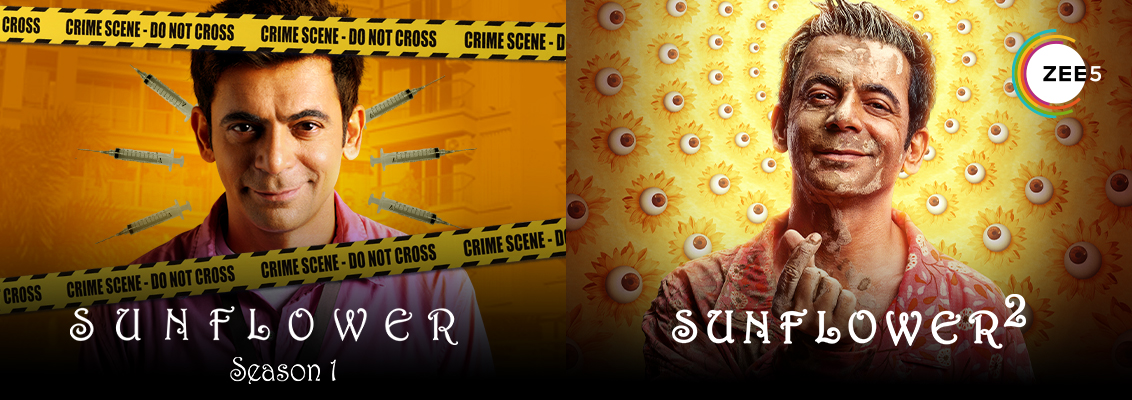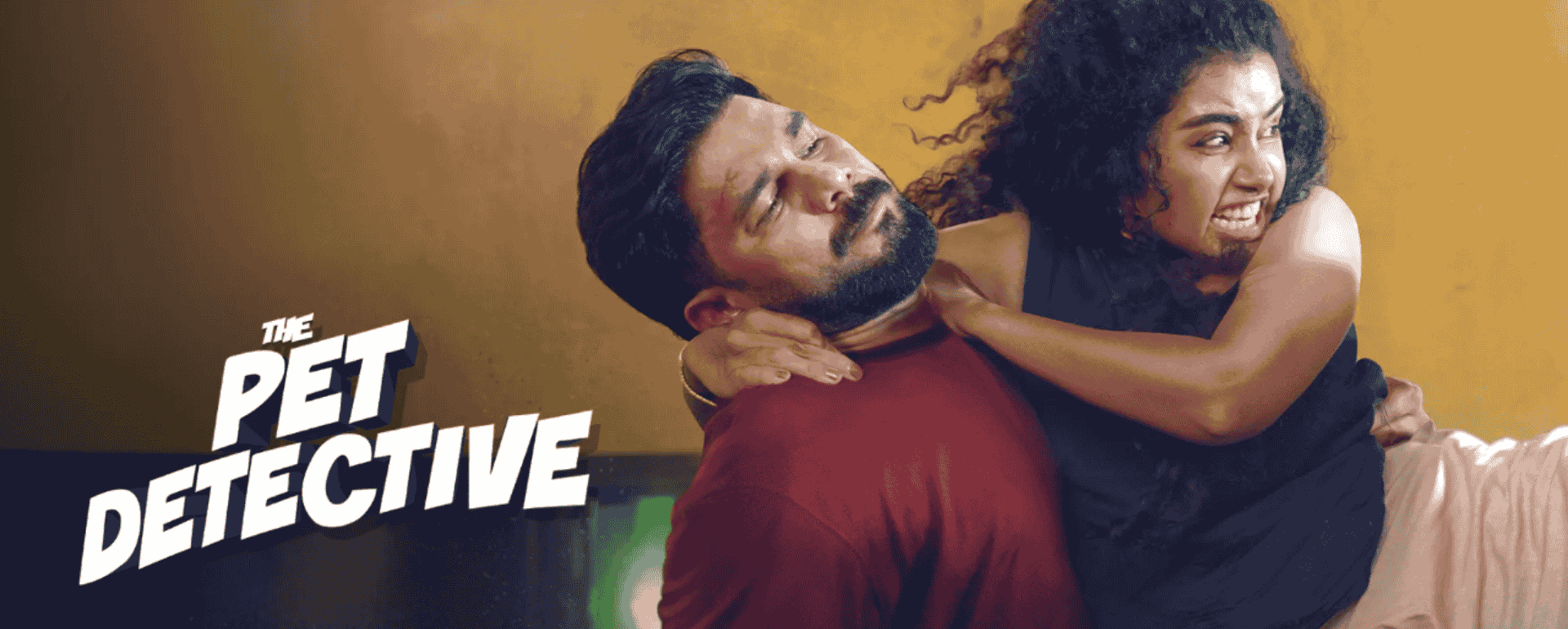A silent studio. A red ON AIR bulb that shouldn’t be lit. Footsteps that don’t match the headcount. Kishkindhapuri arrives on ZEE5 on 17 October 2025, a Telugu horror–thriller–drama set inside the shuttered Suvarna Maya radio station—and it’s powered by a cast that knows how to make fear feel human. Expect a tight, one-sitting watch with clean stakes and craft that rewards attention.
Planning a full South cinema night around the drop? Start with our broader Telugu movies shelf, then circle back to Kishkindhapuri as the headliner.
Kishkindhapuri: Story That Pulls You In
Raghav and Mythili run ghost-themed walking tours in this horror movie. Their next “controlled scare” is inside Suvarna Maya—a long-dormant station in Kishkindhapuri. The plan is theatre; the outcome is anything but. When a presence answers back, the tour turns into a containment exercise, and the station begins to edit their choices. That’s the spine: curiosity, consequence, then a race to outthink a building that won’t play by the rules.
The leads: Anupama Parameswaran and Sai Sreenivas Bellamkonda
Anupama Parameswaran (Mythili) is the film’s emotional tone. She listens before she responds, reads rooms and people with close attention, and treats fear as simple data. When the story tightens, Mythili becomes the viewer’s guide—alert, empathetic, and stubborn about the truth.
Sai Sreenivas Bellamkonda (Raghav) brings a steady presence without grandstanding. He’s practical, map-minded, and unwilling to surrender to panic even when the building bends the rules. Together, they give Kishkindhapuri a humane core: what do rational people do when rationality stops working?
The ensemble that makes the station feel alive
A horror-thriller needs a chorus that reacts like real people. Sandy Master brings instinct and urgency—the “move now, argue later” energy that keeps groups alive. Hyper Aadi starts as comic relief and then tightens into fear responses that feel earned. Sudarshan is the hesitator who becomes the believer; his arc mirrors the audience’s shift from amusement to alarm. It’s a textured mix that lets Kishkindhapuri pivot from playfulness to peril without snapping tone.
The director’s hand: Koushik Pegallapati keeps the map in your head
Koushik Pegallapati shoots Suvarna Maya like a solvable maze: broadcast booth, archive room, stairwells, roofline, switchboard. Geography stays legible, so tension can build without tricks. When this thriller film wants to scare you, it earns the scare through setup, timing, and a cut that arrives half a beat before comfort. That restraint is why Kishkindhapuri feels like more than a jump-scare reel.
Why you shouldn’t miss the premiere on 17 October
It’s a cast-first genre. The camera trusts faces over fireworks. When Mythili steadies, you steady; when Raghav recalibrates, you brace. Performances hold the frame, not just decorate it.
The premise is tight. A radio station is fear’s natural habitat—sound without sight, voices without bodies. The film uses that logic relentlessly.
It’s built for a single breath. The narrative is cause-and-effect clean—every decision has a cost, every room a rule. You feel the minutes matter.
No mood-killing detours. The script avoids gag tracks that shatter tension. When humour appears, it belongs to the characters, not to a separate movie.
Craft that rewards attention. Repetition equals breadcrumb. A light that blinks twice, a fader that slides up on its own, a jingle returning crooked—these cues add up.
A setting that fights back. Suvarna Maya isn’t a backdrop; it’s the antagonist. The building curates echoes, negotiates doors, and imposes timing.
A finale that re-colours earlier scenes. When the last stretch lands, you’ll want to scan the night for clues you missed—because the film plays fair.
A clean genre promise. Tagged Horror/Thriller/Drama, Kishkindhapuri delivers dread, momentum, and choices that matter—no bait-and-switch.
Sounds That Raise Your Pulse
Because the story lives in a radio station, the mix treats audio like evidence. “Dead air” isn’t; it hums with intent. A channel springs to life with no hand near the console. A familiar station jingle returns slightly off—like a memory misremembering itself. The score is held back until it can actually help the characters; when it arrives, it arrives as courage.
Visual language: frames that make you search corners
The camera lets you hunt the dark. Headlights carve a corridor; glass becomes a second set of eyes; worklights flicker just long enough to hint at distance. You start scanning for the wrong number of footsteps, the clock that won’t keep honest time, the switchboard that lights up where no one is standing. Kishkindhapuri trains you how to watch it—and then pays you back for watching closely.
Character notes: choices under pressure
-
Mythili treats fear as data—she asks careful questions, chooses careful words, and protects the group by naming what others won’t.
-
Raghav is kinetic—he maps exits, counts people, and assumes the worst so he can plan for it.
-
The team cycles through bravado, denial, and then clarity, which is exactly how real people behave when rules start failing.
The Kishkindhapuri promise, summed up
If you want loud-for-loud’s sake, this isn’t your pick. If you want a Telugu horror thriller that treats time with respect, uses space with care, and lets actors carry beats, not jump cuts, pick Kishkindhapuri Friday. Queue it, dim the lights, and let Suvarna Maya go live again.
Bio of Author: Gayatri Tiwari is an experienced digital strategist and entertainment writer, bringing 20+ years of content expertise to one of India’s largest OTT platforms. She blends industry insight with a passion for cinema to deliver engaging, trustworthy perspectives on movies, TV shows and web series.




